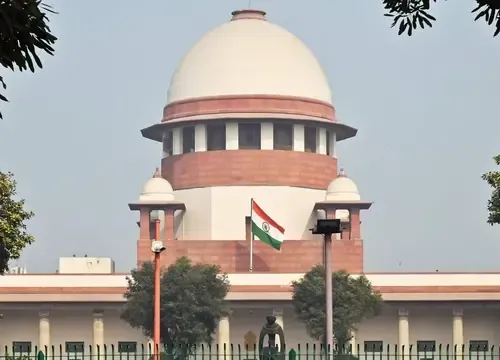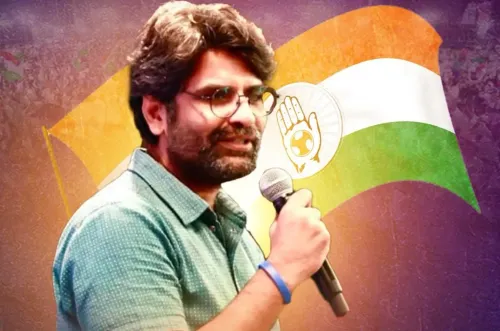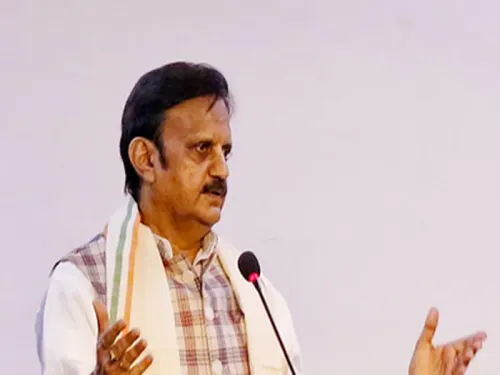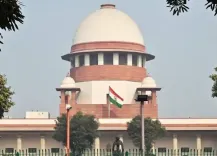Why Has the Bhopal District Administration Banned the 'Carbide Gun'?
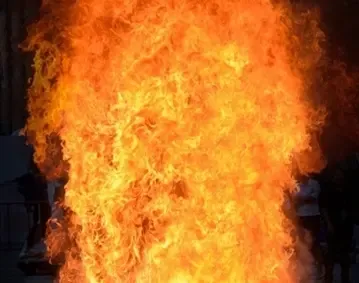
Synopsis
Key Takeaways
- Bhopal district administration has banned carbide guns to ensure public safety.
- Over 125 injuries were reported during Diwali due to these devices.
- Carbide guns are made from hazardous materials that can lead to violent explosions.
- Authorities are taking steps to enforce compliance among local sellers.
- Public awareness is critical to prevent further harm during festive seasons.
Bhopal, Oct 23 (NationPress) The Bhopal district administration has enforced a strict ban on the sale of carbide guns and the storage of materials used for producing dangerous firecrackers in the state capital, effective immediately.
In a directive issued by District Collector Kaushlendra Vikram Singh, he instructed district administrative staff and police to ensure adherence to this mandate.
Singh emphasized that the ban has been implemented to safeguard public safety and uphold law and order.
"This notice serves as a public advisory to protect citizens. Those who do not comply with the directive will face legal repercussions," he stated.
This action follows incidents where carbide guns, advertised as affordable festive toys, resulted in severe injuries to over 125 individuals, including children and the elderly, during the Diwali celebrations.
Reports indicated that children were playing with the carbide gun, also known as the desi firecracker gun, around the time of Diwali.
The device produces a violent explosion due to its construction from tin pipes and gunpowder, inflicting serious injuries to the face and eyes.
Medical professionals estimate that the actual number of injuries could be around 200.
Reports of injuries included nearly 20 cases from Gwalior, four from Indore, three from Sagar, and 36 from Bhopal.
Most cases have been treated in clinics or private hospitals.
Patients have been reported not only from Bhopal but also from Seoni Malwa, Hoshangabad, Sehore, and Narsinghpur, putting significant pressure on eye wards.
Hospitals have documented a rise in cases, with over 70% involving corneal damage, resulting in permanent vision loss for many victims.
The devices, which cost around Rs 200 and are made from plastic pipes, gas lighters, and calcium carbide, explode violently upon ignition, sending shrapnel into the eyes, face, and body.
At Hamidia Hospital, one of Bhopal's major government facilities, around 40 patients were treated on the night of Diwali.
Kavita Kumar, the Head of the Ophthalmology Department, described the carbide gun as a "deadly explosive" rather than a toy, explaining that it generates acetylene gas that ignites with a spark from an ignitor.
"The explosion disperses plastic fragments like pellets, causing deep corneal ulcers and burns," she remarked.
Bhopal's Chief Medical and Health Officer, Manish Sharma, confirmed over 60 hospitalizations in the city, mainly among children aged 8-14 years, with more than 150 injury reports the day after Diwali, many of whom were discharged after receiving initial medical attention.

